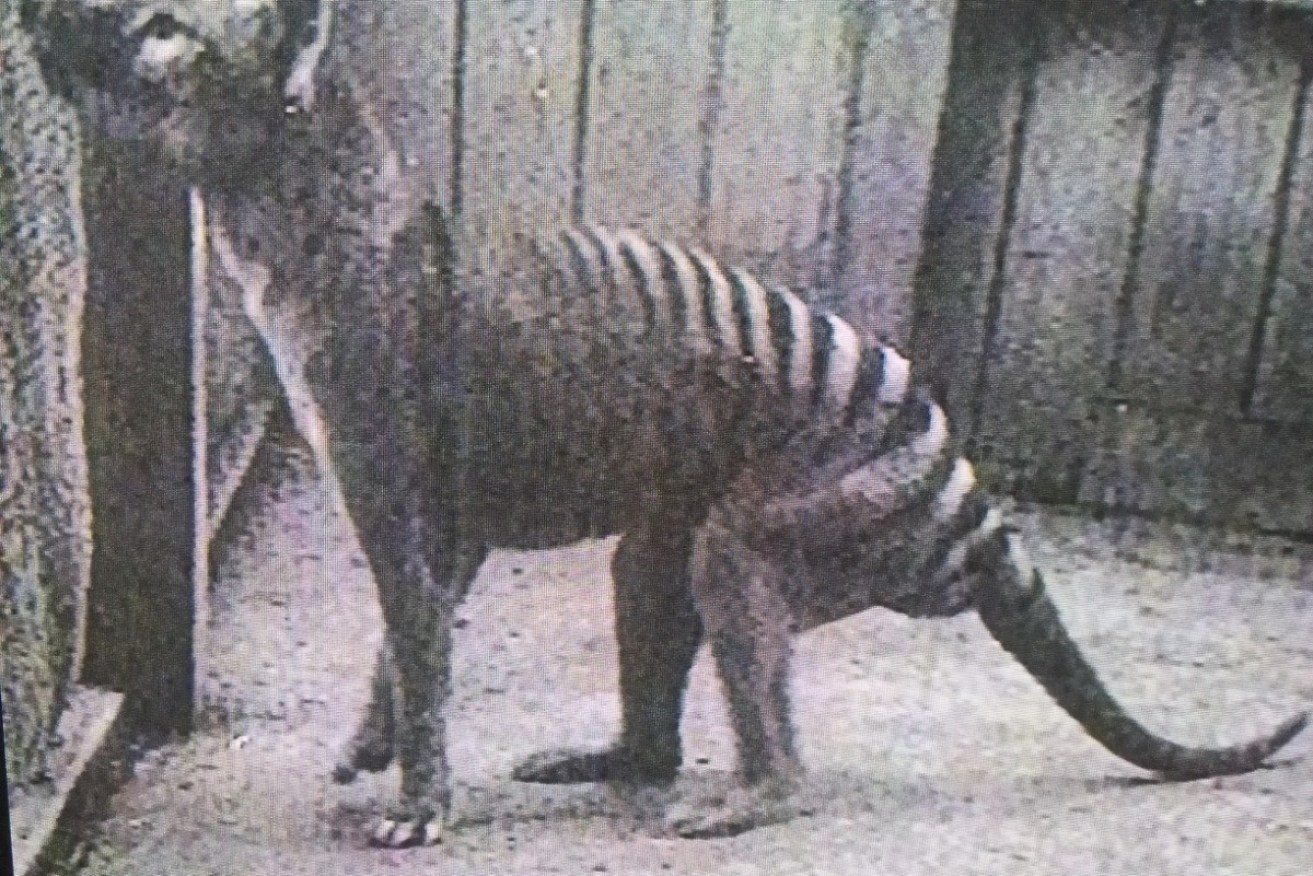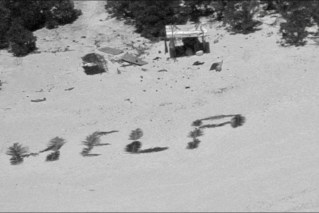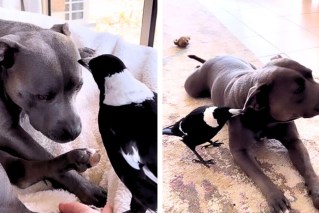New footage purports to show a Tasmanian tiger in the Adelaide Hills


The last known Tasmanian tiger died in captivity at Hobart Zoo in 1936.
It’s of poor quality, grainy and out of focus. All the qualities we’ve come to expect from groundbreaking footage of extinct or mythical species.
The Thylacine Awareness Group of Australia (TAGA) has released video purporting to show a believed-to-be extinct Tasmanian tiger, or thylacine, stalking through a garden in the Adelaide Hills this year.
While the last known Tasmanian tiger, known as Benjamin, died in captivity at Hobart Zoo in 1936, numerous supposed sightings in the ensuing decades have been enough to convince some that the mammal is still with us.
TAGA founder Neil Waters says the latest footage – released to coincide with National Threatened Species Day on Wednesday – was taken in February and shows, what he believes to be, the same mainland thylacine first seen by “five people in broad daylight in March last year”.
“This year in February, it returned and we were lucky enough to have someone there who grabbed about three seconds’ worth of footage before it darted off into the creek,” he says on the TAGA Facebook page.
“This footage is the first of five possible thylacine videos we plan to release over the coming weeks.”
News Limited quoted the South Australian Museum’s mammals senior researcher Dr Cath Kemper as saying she met with Mr Waters and watched the video, but struggled to see any definitive proof the animal was a thylacine.
Watch and decide for yourself:
“We looked at it quite a few times and I couldn’t say either way, you know, it’s too blurry, but it’s interesting,” Ms Kember said.
“He pointed to the base of the tail and he said it looks like it has a thicker tail at the base, which is sort of a thylacine characteristic, but I said I’m sorry, I don’t see that in this.
“You never know, if they do get a real picture of a thylacine or something, then they’ll be laughing at us. I’d quite like that actually, wouldn’t that be nice.”
The blurry, inconclusive nature of the latest thylacine footage puts it in good company when it comes to iconic creature photography.
The image below is the best know depiction of ‘Big Foot’:
This 1930s photo of the ‘Loch Ness Monster’ inspired imagination:
Mr Waters has invited people to share the thylacine video on Facebook “in order to raise a few $$ on YouTube to fund the filming and editing of our upcoming series of mini-documentaries on thylacines and other cryptic animals still believed to be roaming the Australian mainland today”.
“The fight to prove what we all know to be true isn’t over yet folks, but we will get there eventually,” he said. “This video is proof that we are seriously on to something.”

Tasmania’s Cascade Brewery, which uses a Thylacine as its symbol, keeps a stuffed example on display.
Mr Waters says his group is “on the cusp of proving the existence of the thylacine, not in Tasmania but in mainland Australia”.
“Threatened Species Day commemorates the 80th anniversary of the passing of Benjamin, the last thylacine to die in captivity in Beaumaris Zoo in Hobart, Tasmania in 1936,” Mr Waters said.
“But since then, there has been over a thousand sightings of thylacines in Tasmania, and nearly 5000 on mainland Australia – and South Australia has had its fair share of those sightings.”
In 1973, South Australians Gary and Liz Doyle shot 10 seconds of 8mm film showing an unidentified animal running across a road.
Due to the poor quality of the film, it has been impossible to positively identify it as a thylacine.
The thylacine was already thought to be extremely rare or extinct on the Australian mainland before British settlement, but it survived on Tasmania.
Due to intensive hunting encouraged by bounties, disease, the introduction of dogs and human encroachment into its habitat, thylacine numbers dwindled to extinction by the 1930s.
American media mogul Ted Turner offered a $100,000 reward for proof of the continued existence of the thylacine in 1983.
In 2005, Australian news magazine The Bulletin, offered a $1.25 million reward for the safe capture of a live thylacine. An offer of $1.75 million has since been offered by a Tasmanian tour operator Stewart Malcolm.










